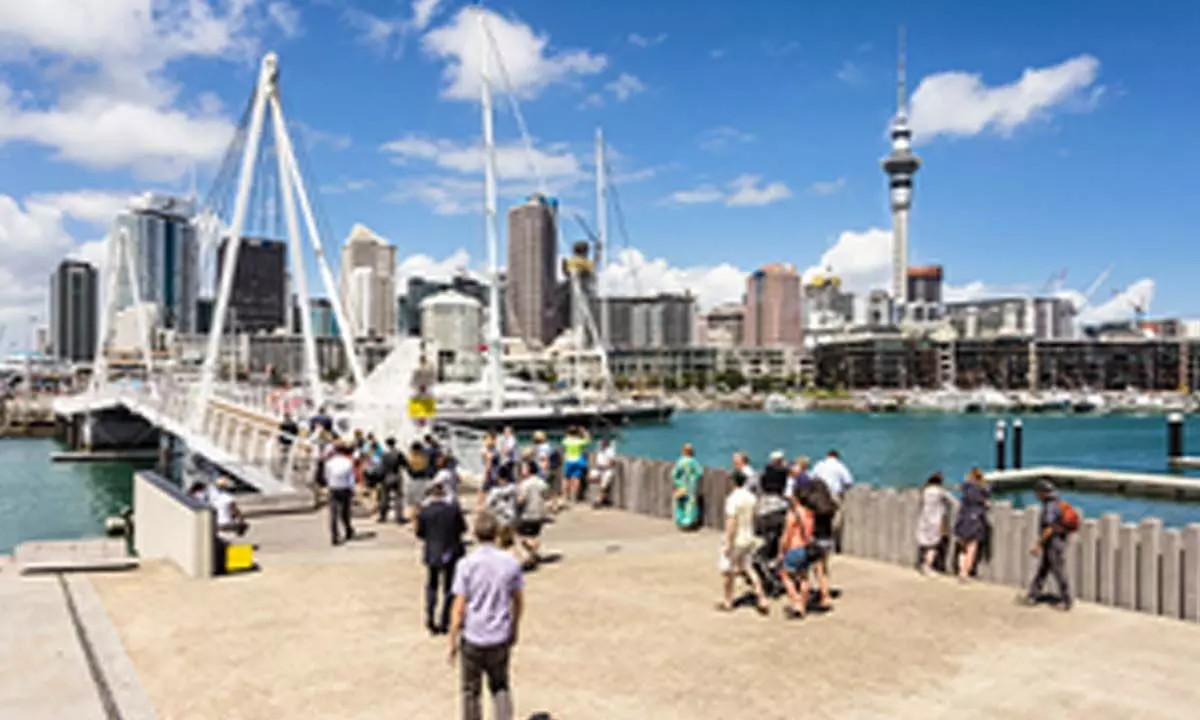Unprecedented ocean change may impact New Zealand fisheries: study
Share :

New Zealand scientists have seen substantial changes in the ocean to the east of the country, with possible biological impacts yet to be determined but several local species likely to be affected.
Wellington: New Zealand scientists have seen substantial changes in the ocean to the east of the country, with possible biological impacts yet to be determined but several local species likely to be affected.
The National Institute of Water and Atmospheric Research (NIWA) said on Tuesday that strong, full-depth ocean warming has occurred south of the Chatham Island at around five times the global rate since 2006 because of the ocean currents moving 120 km west.
"There are animals adapted to live on the warm northern side and others adapted to the cold southern side, so when warm waters encroach, you'd expect the species that favor the warmer conditions to increase, and those that favor cold conditions to move away or disappear," said NIWA principal scientist Matt Dunn.
However, it might take a few years, or a few fish generations, for the scale of the changes to become clear, Dunn said, Xinhua news agency reported.
NIWA physical oceanographer Phil Sutton said it is the first time they have seen change through the full depth of the ocean off New Zealand, which are unexpected with unknown biological and fisheries impacts.
NIWA used ocean measurements from satellites and Argo floats, which was a fleet of robotic instruments that move up and down through the water column and drift with the ocean currents. Researchers found that areas that once contained cooler, fresher water are now warmer and saltier, at all depths from the ocean surface to the seafloor.
The subtropical front along Chatham Rise, an area of ocean floor to the east of New Zealand, creates a unique habitat that supports some of the most productive deep-sea fisheries in the world, where important hoki and orange roughy fisheries take place, including the world's oldest and largest orange roughy fishery, according to NIWA.
Challenges remain to maintain critical observational infrastructure to further understand how these physical changes impact the wider New Zealand marine ecosystem, it said.













